- For example – in a no limit Texas Holdem poker tournament game – Player A raises to 800 chips. Player B has 1500 chips. Player B could put all of those chips into the pot, and then be all-in. Player A would then have to call the 700 remaining chips for them to go to a showdown.
- In Limit Hold'em there is a 'cap,' meaning there can only be one bet and three raises in any single betting round unless there are only two players remaining in the hand. This means once there has been a bet and three raises, no player is allowed to raise any further; they can only call or fold.).
Texas hold’em is a game of information availability – and when you go through a hold’em hand, regardless of whether it’s fixed-limit, pot-limit or no-limit hold’em, you need to be able to read the board and understand what it’s telling you. This is critically important.
No limit means there is no limit to how much (virtual) money you can win. But when you win big, someone has to lose big, so Today's Game of the Day is No Limit Texas Hold'em Poker. In poker, 'no limit texas hold'em' is a game where each player at the table is dealt two hole cards and there are five cards in the middle (the flop, turn and river) that are considered to be community cards. Each player at the table can use their hole cards to make their best possible hand.
The first step is to evaluate the composition of the board. This means working out what hand you hold based on your two hole cards and those on the board. But it’s also important that you connect the dots and have an awareness of what the best possible hand (the nuts) might be. Knowing what the nuts is on any given board is second nature to seasoned poker players, but it’s not always so obvious to beginners. Hopefully by the end of this lesson it will be.
Common Flop Textures
The flop is a defining moment in hold’em and can be made up of many different card combinations. Here are a few examples of common flop textures you will see when playing hold’em:
The Rainbow Flop
A rainbow flop means all three cards are of different suits. A rainbow flop means nobody can hold a flush without drawing on both the turn and the river, as the maximum number of suited cards a player could have at this point is three (two in the hole plus one on the board). If the turn is a card of the fourth suit, then a flush defintely won’t be possible.
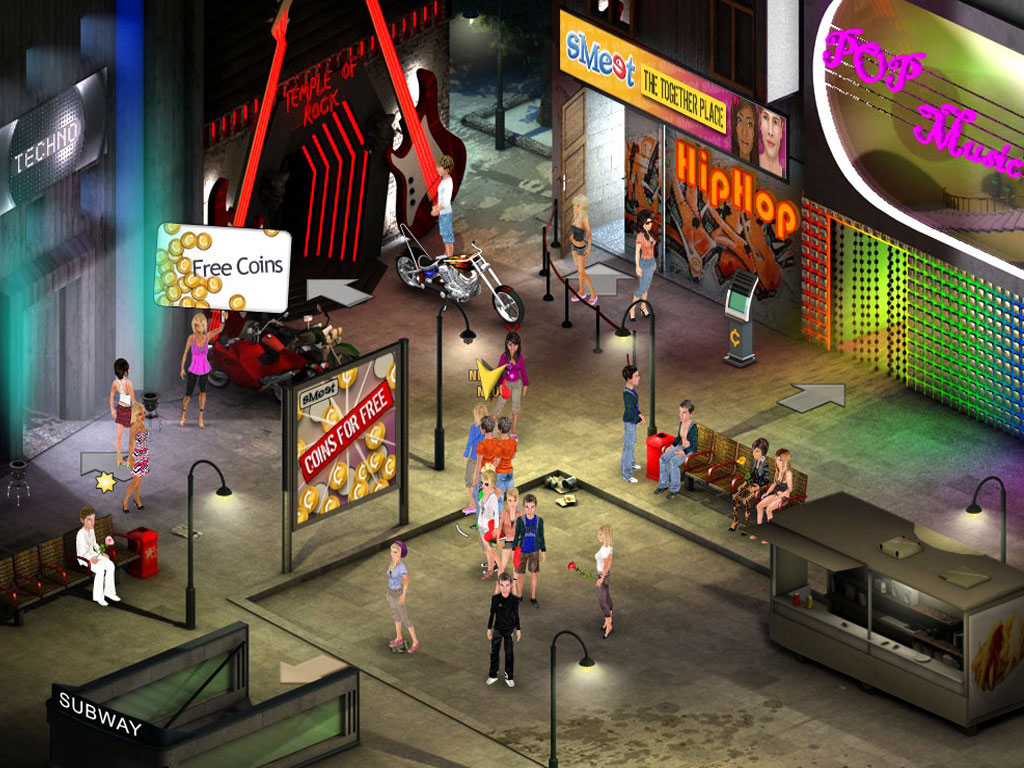
The Flush Draw Flop
This flop has two cards of the same suit (spades), which means the maximum number of suited cards a player could have at this point is four. If a player has four suited cards then he’s said to be “on a flush draw”, and could have two opportunities for hitting a flush – on the turn or on the river.
The Suited Flop
If the flop contains three suited cards then someone could already have a made flush, with the two cards in their hand. These types of flops are very dangerous if you have hit part of it, but not the flush. Your hand is also under threat by players who might have just one spade in their hand and are drawing to a flush.
The Paired Flop
Whenever the board shows a pair, the possible hands available increases to include full houses and four of a kinds. Therefore you should immediately realize that your opponent’s could be holding these big hands.
There are many more types of flops, such as trip flops, straight flops, and so on. The important thing to remember is that you analyze the texture of the flop at all times. It’s free information and is available for all to see – so don’t ignore it. In fact, the texture of the flop should heavily influence how you play a hand.
Knowing Your Best Hand
In order to be properly prepared for playing poker it’s essential that you can read the board and work out your best possible hand. It’s easy to do, yet even experienced players make mistakes and mis-read boards from time to time.
Example #1
The best hand you can make here would for a full house.
Example #2
In this example you’re best hand is for a King-high flush.
Example #3
In this example your best hand is for a straight. You could use one of the 4′s in your hand but it doesn’t make any difference because you’re effectively “playing the board”.
The Nuts
The term “the nuts” means you have an unbeatable hand based on the board. When playing poker you should always think about what your opponents might have, so it’s important that you can read the board to work out what the nuts might be.
See if you can work out which starting hands would give the nuts in the following examples:
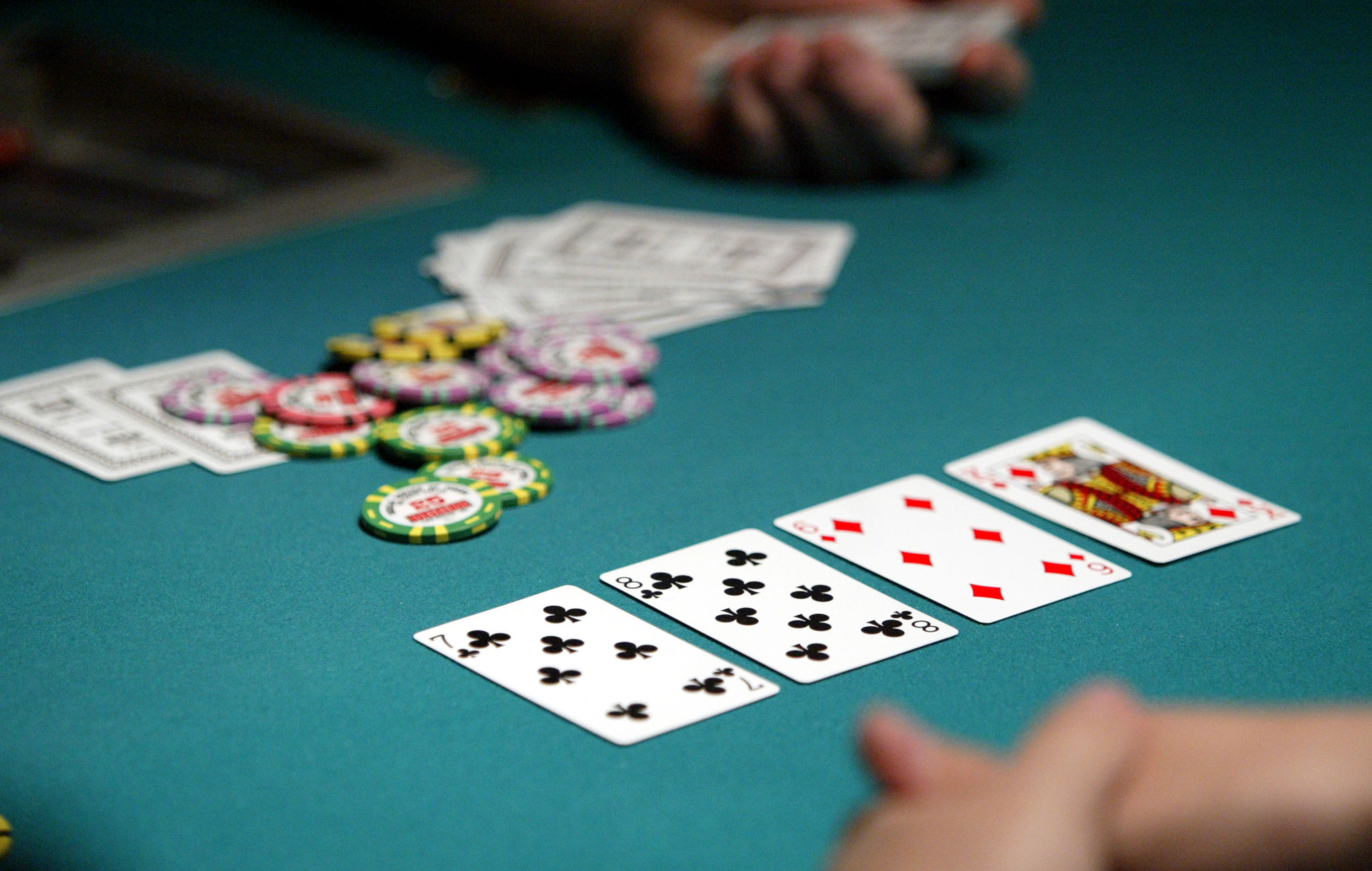
Example #1
This board doesn’t contain any pairs and only two suited cards. The best possible hand would be a straight, for anyone holding 10-7 (suited or unsuited). It would give a straight of 6789T. What would be the second best hole cards? That would be 7-5, giving a lower straight of 56789.
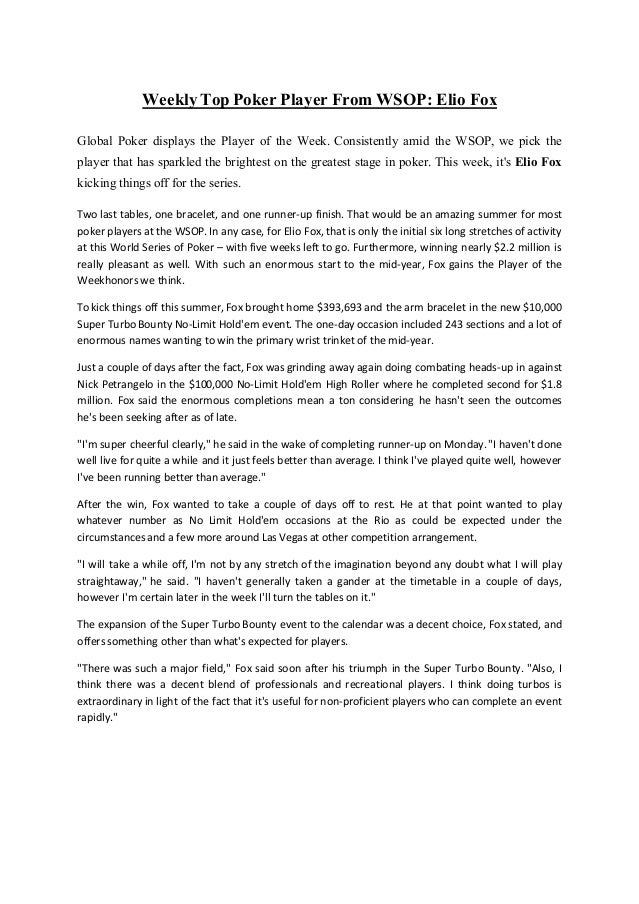
Example #2
The nuts on this board would be four of a kind since the board is paired. Anyone holding would have quads. What would be the second nut hand? Well since there are also a pair of 6’s on the board, anyone holding would have the second nuts.
Example #3
The board isn’t paired and there are only two suited cards, so we can discount a flush or better. A straight is also impossible since there are too many gaps to fill. The best hand here would be pocket Kings, giving a set. The second best would be pocket Jacks, for a lower set.
Understanding the Strength of Your Hand
Sometimes the board can render those two private cards that you’ve been dealt as absolutely priceless, or absolutely worthless, or somewhere in-between. You must learn to read the board and fully understand the relative strength of your hand and what potential opportunities or dangers lay ahead.
No Limit Poker Terminology
Let’s revisit the example hands we used earlier and determine how strong your hand really is.
Example #1
You have a full house, but you could be losing to players with the following hole cards: TT, JJ, JT, T3, T2, and 33. So while you have a full house, your hand is only the eighth best hand available. You still have a strong hand, but it’s by no means the nuts.
Example #2
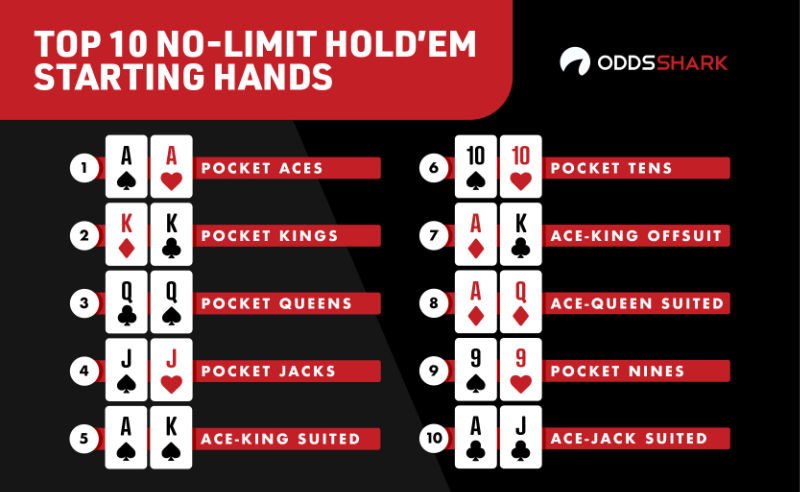
You have a flush but you could be losing to any player who is holding the , or . Therefore you have the fourth best hand based on this board.
Example #3
You are “playing the board” which shows a straight. But you would lose to any players holding a single 8 for the higher straight. Any player with an 8 would be in very big trouble if someone else had 8-9 in the hole for the nut straight.
SWOT Analysis
No Limit Poker Meaning Games
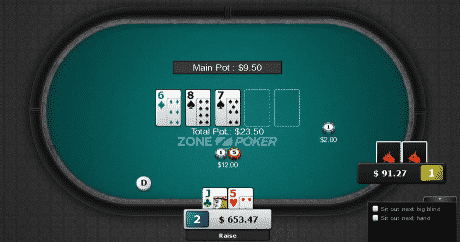
In the business world it’s common to perform a SWOT analysis of a company, and SWOT stands for Strengths, Weaknesses, Opportunities, and Threats. Well, we can take this approach to poker too. Let’s look at some example starting hands and flops, and perform a SWOT analysis on them.
Example #1
- Strengths – You have flopped a set of 7’s, a very strong hand.
- Weaknesses – Well you don’t have the nuts, as this would be a player holding K-K, but you have the 2nd nuts – so there’s no real weakness at this stage.
- Opportunities – Your hand can still improve. Another 7 would give you quads, and a 5 or K on the turn or river would give a full house.
- Threats – The biggest threat to your hand is another club on the turn or river, which could make someone else a flush. While a King would give you a full house, it could also give someone else a bigger full house (i.e. if they were holding K-5 or K-7).
Example #2
- Strengths – You have flopped an open ended straight draw (5678), and a flush draw. Put simply, you’ve flopped a great drawing hand.
- Weaknesses – The weakness is that you need to hit. If the hand stopped here you have nothing but 8 high and would certainly be beaten.
- Opportunities – This hand offers great opportunities, and the best outcome would be to hit a 4 or 9 on the turn or river for the straight, as this would give you the nuts (if it isn’t a spade).
- Threats – While this hand gives a flush draw, it would be a low flush and therefore vulnerable to a higher flush. While a flush is better than a straight, the straight would place your hand in a stronger position. The lesson here is that you don’t always want the highest possible poker hand ranking for yourself, but to have one better than your opponents.
Example #3
- Strengths – It’s a rainbow flop and you have a pair of aces, the highest pair available.
- Weaknesses – Your kicker is weak. You could be losing to a lot of hands. Even though you hold suited cards, there is no possibility of hitting a flush.
- Opportunities – Another Ace would give you trips and another 5 would bring two pair.
- Threats – Due to the weak kicker this hand is always vulnerable and could get you into a lot of trouble. This is a prime example of why playing Ace-rag is not a good starting hand, because you never really know where you are.
From Nuts to Nowhere!
No Limit Game Meaning Poker
Let’s imagine you’re playing poker and the following happens:
What’s your hand at this point? Well, you have flopped the nuts with an Ace high straight. If you were to perform a SWOT analysis at this stage it would be very healthy. The only slight danger is the potential flush draw. Let’s imagine you bet and get called, and the turn brings:
You no longer have the nuts because the board is now paired. Let’s imagine you still believe you’re winning and you get to see the river card:
This is a terrible river card. Not only does the river bring another club, meaning a possible flush, it also double pairs the board. You’re now losing if any of your opponents have just a single Queen or Jack, or two clubs. You’d also be losing if someone held TT, let alone a pair of Jacks or Queens for quads.
Conclusion
The above hand example just goes to show how important it is to read the board and understand the strength of your own hand based on the information available to you. Remember that the more experience you have playing poker, the quicker and easier it will be to read the board and assess the relative strength of your hand.
Even experienced poker players make mistakes from time to time. As a beginner to poker you might mis-read the board every now and again – but it’s natural to make mistakes when you’re learning new skills. Just be aware of the texture of the flop at all times and use the information available to you – and use it wisely.
Related Lessons
By Tim Ryerson
Tim is from London, England and has been playing poker since the late 1990’s. He is the ‘Editor-in-Chief’ at Pokerology.com and is responsible for all the content on the website.